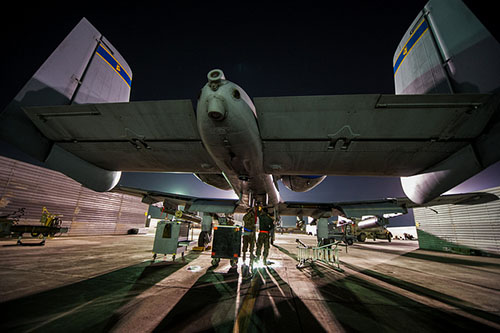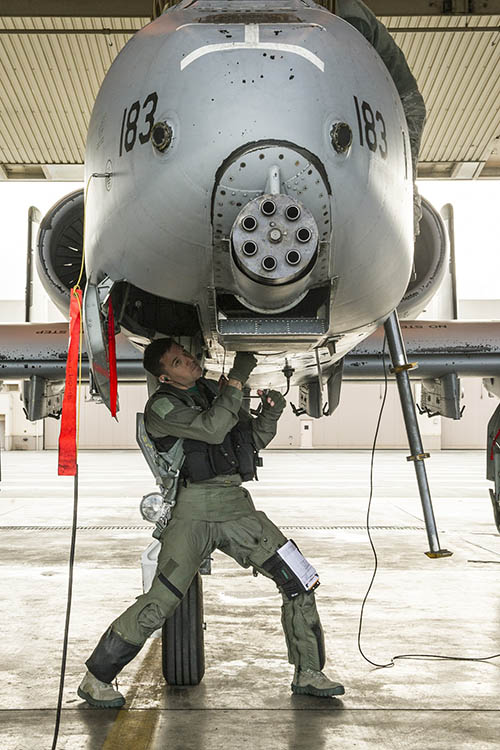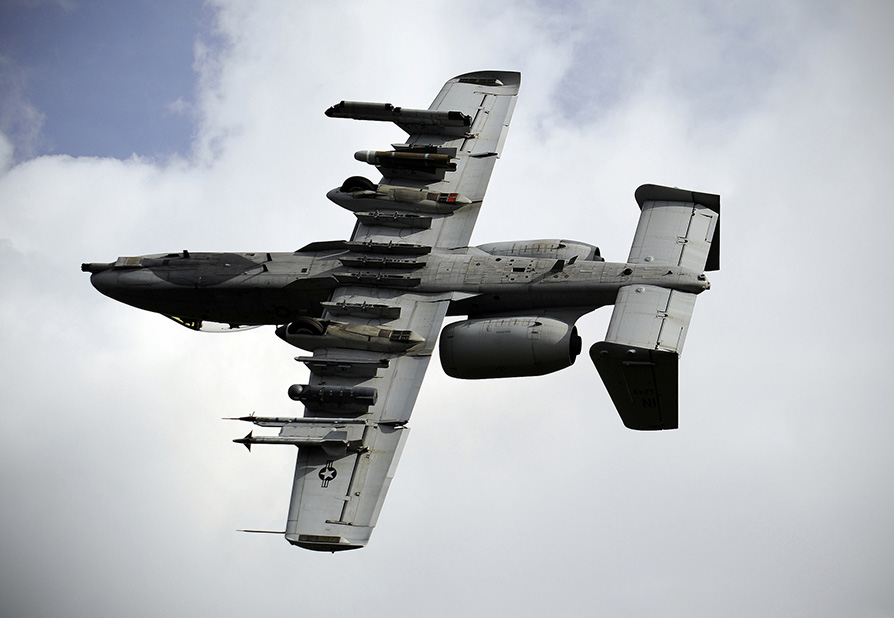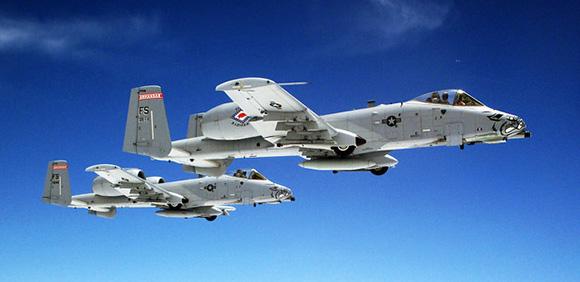The AX program exists. The Air Force continues to develop the new tactical platform for close air support to replace the A-10 Warthog (photo). The specifications are still classified, but one thing is certain: the AX will be a specific aircraft designed to perform the CAS role.
The decision to start the AX program dates back to March of last year, when Air Force and Pentagon developed the main options to replace the Warthog who will retire (with updates) after more than 50 years of career.
The preliminary requirements of the AX - General Mike Holmes confirms Chief of Staff for Strategic Plans - will be delivered shortly for review, we will also propose a draft of the future aircraft.
What has been defined as Close-Air Support Future has three possible alternatives: build the AX, use current assets to meet CAS missions or extend the life of the A-10 at least until the 2040 / 45. It is clear that the Air Force is pushing for a new platform. The development of the latter, however, will depend on the Congress and the future approved financial instruments.

Until a year ago, the official Air Force position for replacing the A-10 was clear and was called F-35. However, several times, we reiterated that the two projects were different and that despite the F-35 technology, this would not protect it from the fire of small arms of enemy infantry.
Over the years, all A-10 retirement plans have been deemed irresponsible and reckless because the US has no inventory, something remotely similar to the fire and resistance capabilities of the Warthog. No other western aircraft could continue its mission under the fire of 23mm guns and against some from 57 mm. Every vital part of the A-10 is protected by armored plates. The pilot is no exception, wrapped in a titanium “tank” of 600 kg.
The F-35 could be knocked down by a barrage of an assault rifle and it is a fact considering that CAS missions often occur at very low altitudes and at speeds between 150 and 300 nodes.
The AX program shows that the Air Force succumbed to the military's specific requests for a platform designed specifically for the CAS role.
What can I tell you? - Air Force Deputy Chief of Staff, General David Goldfein, told reporters last month - that the F-35 is the ideal replacement for the A-10? I can't, but it's also true that the tactical support developed over the years' 70 is no longer what it is today.
Goldfein's reference is clear. The Air Force, if cornered by budget constraints, could reverse the sums in a massive UAV acquisition like the MQ-1 Predator and MQ-9 Reaper, relegating the F-35 to advanced commander on the battlefield.

It should be noted that while on the one hand the A-10 was designed to operate in an operating context of an earlier era, today it remains however more vulnerable than the other platforms in the face of new threats. The new CAS platform must therefore be designed to guarantee close support in an environment that has modern and stratified defense systems. The A-10, today can only operate in permissive environments.
The AX program, compared to the previous ones, also contemplates the possibility of upgrading the existing cells which will have to comply with the requirements set by the Air Force. If so, the Air Force (to save time and money) could bet everything on one Warthog 2.0. A new platform therefore, which would preserve the current capabilities of the A-10, improving the criticalities such as, for example, the low power of the General Electric TF-34. The latter do not allow the A-10 to take off at full load.
The CAS role does not require hypersonic aerodynamic profiles. This is why the cruising speed (360 ideally) will still have to be aerodynamically compatible with a narrow turning radius at low speed.
The new aircraft should be able to carry out a minimum of twenty attacks against infantry targets or eleven attacks on tanks during a single sortie. Moreover, the Warthog 2.0 it may also be able to hit moving targets at eight nautical miles away at altitudes above the 20.000 feet. In terms of survival, any new generation CAS aircraft will need to have two engines and several redundant systems. It will have to withstand blows from 7,62 / 14,5 millimeters and cannon fire from 23 millimeters. It will have to survive even if hit by an SA-18 missile.
But there is a key element that will be an essential part of the new A-10: the GAU-8 cannon from 30 millimeters. The AX program aims at the realization (as happened for the A-10) of an armored system to take the most powerful airborne tactical weapon on the planet: the gatling cannon from 30 mm to seven GAU-8 Avenger rotating rods. It is capable of destroying a tank at 7 km away.
 (photo: US Air Force)
(photo: US Air Force)












